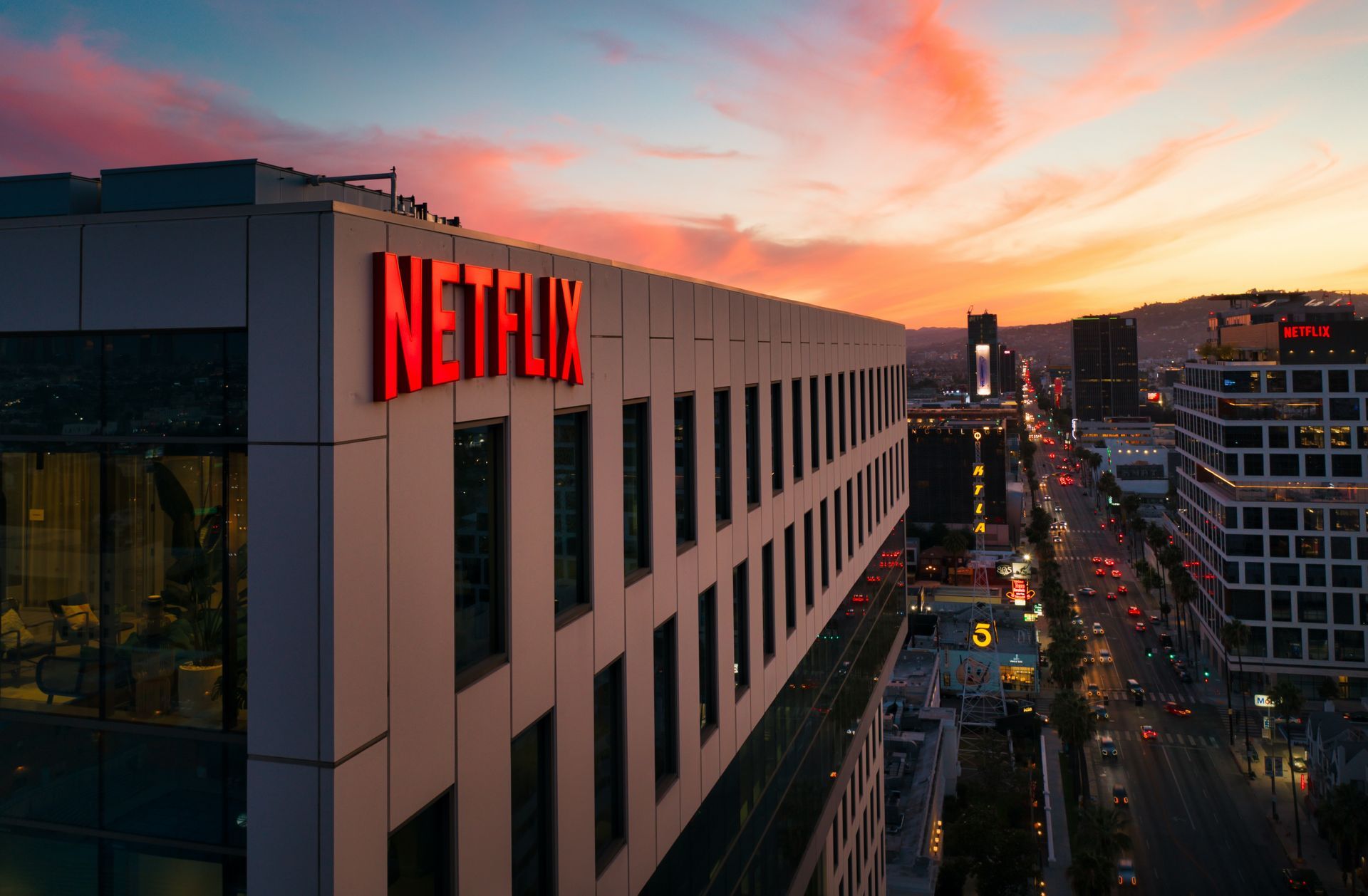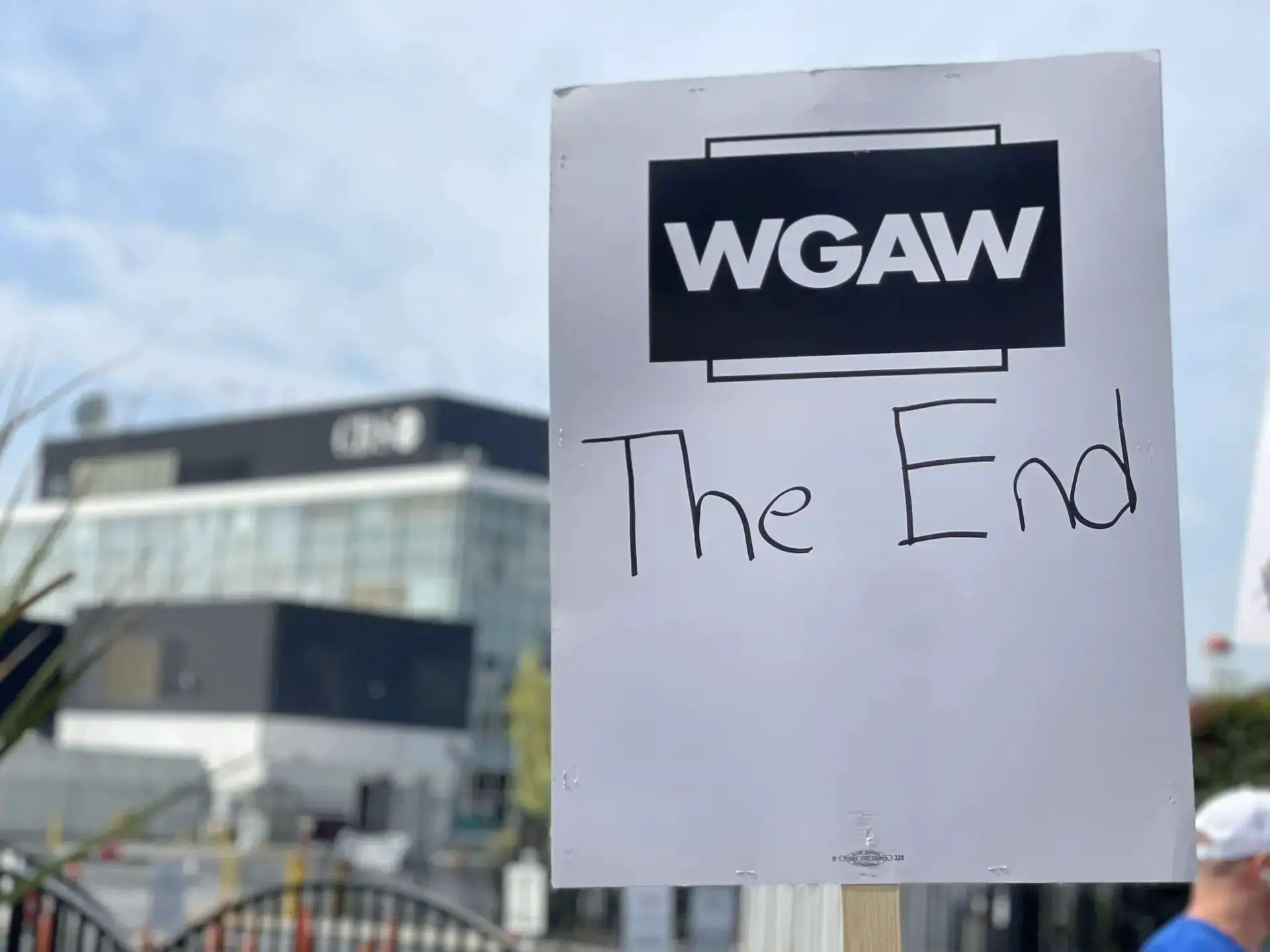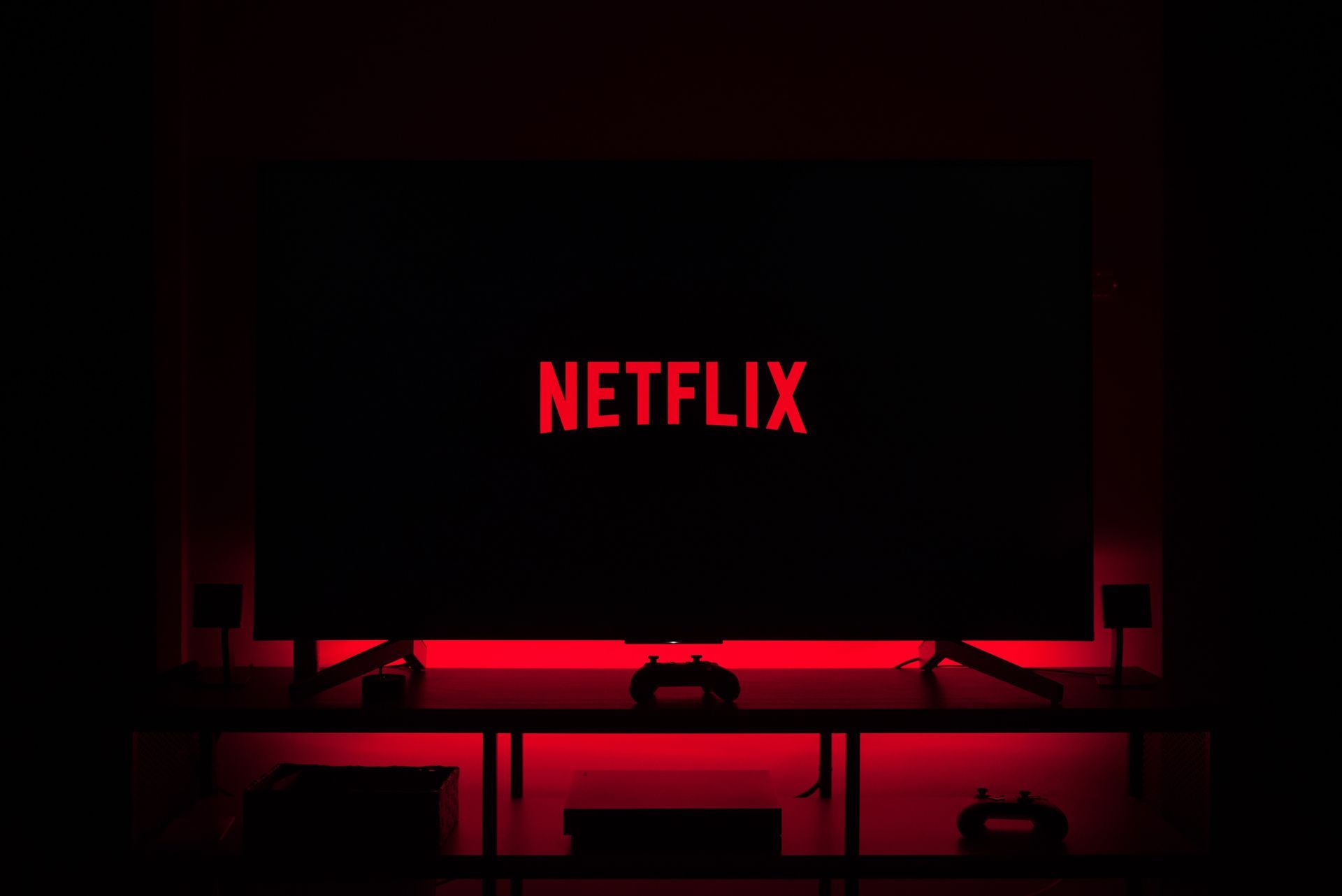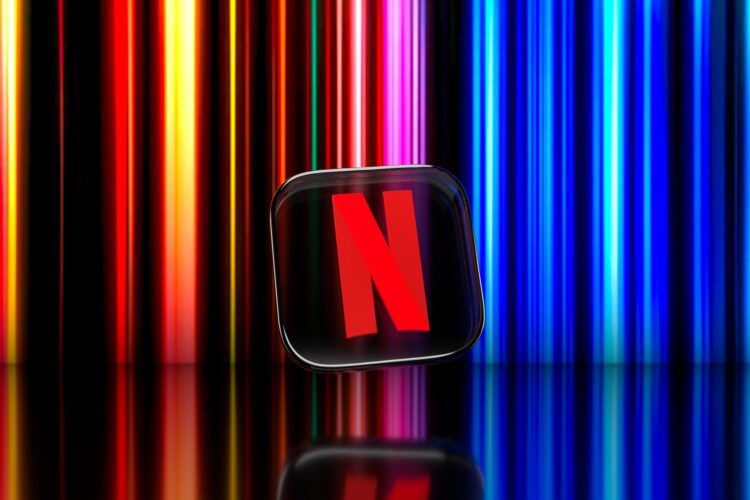The leading streaming giant has announced the first Netflix price increase since 2022, impacting users in the United States, United Kingdom, and France.
In this article, we’ll delve into the specifics of these changes, explore the factors driving them, and highlight the company’s efforts to diversify its content offerings.

Details of the Netflix price increase
Starting Wednesday, Netflix’s premium ad-free plan in the United States will see a $3 increase, reaching $22.99 per month. The one-stream basic plan will also rise to $11.99 in the United States. All other plans, including the entry-level, $6.99-a-month ad-supported tier, will maintain their current monthly cost.
Subscriber growth and strategies
Despite the price adjustments, Netflix reported a substantial 9% year-over-year increase in average paid memberships, gaining an impressive 8.8 million subscribers last quarter, compared to 2.4 million in the same period the previous year. This surge in subscriptions has been attributed, in part, to Netflix’s ongoing efforts to curb password-sharing. The company’s “paid sharing” program has now been rolled out globally, resulting in fewer cancellations and an influx of new paying subscribers.
Financial performance
Netflix’s revenue for the last quarter reached a substantial $8.54 billion, buoyed by a higher-than-expected growth in its membership base. Earnings per share for the quarter stood at $3.73. This impressive financial performance was reflected in a 12% surge in Netflix’s stock in after-hours trading.
Acknowledging recent challenges, Netflix cited the impact of summer strikes by writers’ and actors’ guilds. Ted Sarandos, the company’s co-CEO, expressed the commitment to resolving the actors’ strike following an agreement with the writers’ guild. Negotiations between SAG-AFTRA and the studios were temporarily suspended, signaling the complexity of finding a resolution.

Diversifying content offerings
Co-CEOs Sarandos and Greg Peters emphasized Netflix’s strategic investments in newer business areas, such as gaming and sports content, aimed at attracting fresh subscribers. Peters highlighted the immense potential in gaming, envisioning it as a robust content category that leverages the company’s existing films and series.
Competitive pricing landscape
The recent Netflix price increase comes in the wake of similar moves by its major competitors. Disney+ raised prices twice in 2022, while Hulu and Max, owned by Warner Bros. Discovery, also implemented price hikes. Hollywood studios are increasingly seeking higher fees from streaming services for their content, reflecting rising production costs.
As the industry evolves, Netflix’s profitability remains a focal point for investors. The company’s introduction of a lower-priced ad-supported tier underscores its endeavor to balance costs for consumers while generating additional revenue from advertisers.
Meanwhile, if you’re having a difficult time keeping up with the Netflix price increase history, let’s check it out in detail right below to better understand the challenges that the company has been facing and the strategy that it follows.
Netflix price increase history
Since its introduction 16 years ago, Netflix has gained significant traction among fierce competition in the streaming industry. However, the road to the present has been with ups and downs, as could be expected. You can take a look at the history of Netflix price increases to see how the company handled its downs and attempted to profit from its ups.

2007: Streaming emergence and competitive challenges
When Netflix introduced its streaming service in 2007, the industry was skeptical about its success. Concurrently, the market saw the emergence of Blockbuster’s on-demand service, Total Access. Netflix initiated its streaming feature alongside DVD subscriptions, allowing more extensive streaming hours for higher-tier plans.
2008: The dawn of binge-watching
In January 2008, Netflix expanded its streaming capabilities, offering unlimited streaming to subscribers willing to spend $9/month or more. This move marked the beginning of binge-watching culture, as viewers could now indulge in an extensive library of 90,000 titles.
2011: Streaming takes center stage
Netflix shifted gears in 2011 by introducing an $8/month “streaming only” package. Although it seemed like a price reduction, many subscribers ended up paying more, as certain titles were only accessible in DVD format, necessitating a combined subscription.
2013: Catering to larger families
The introduction of the $12 Netflix Premium subscription in 2013 addressed the needs of families, enabling simultaneous streaming on up to four screens. This marked a pivotal step in Netflix’s effort to accommodate diverse viewer preferences.

2014-2016: Adapting to HD streaming
In 2014, Netflix opted for a unique approach, offering a price increase only to subscribers opting for HD streaming. Existing subscribers could maintain their $8/month plan for an extended period, signaling a transitional phase in pricing.
2015-2016: A shift in norms
2016 saw the full implementation of the price increase initially announced in 2014. Despite a two-year warning period, some subscribers were surprised by the adjustment. However, the response was relatively mild, reflecting a changing perspective on Netflix’s value proposition.
2017-2019: Incremental adjustments
Encouraged by the response to previous adjustments, Netflix continued to incrementally increase prices for Standard and Premium subscribers in 2017. This subtle approach allowed existing subscribers a grace period before the new rates took effect. In 2019, all subscription tiers experienced their first price hike, marking a significant shift.
2020-2022: Quality content reflects in pricing
By October 2020, Netflix raised prices again, attributing it to increased investment in original content. This signaled a recognition that higher-quality content should be reflected in pricing. In 2022, another round of price hikes occurred, reflecting the need to compete in a crowded streaming market.
2022-2023: Introducing ads and plan adjustments
Netflix introduced a new plan in November 2022, marking the first time ads were incorporated into its service. The Basic with Ads plan at $6.99 offered a more cost-effective option. In 2023, the Basic plan for new subscribers was discontinued, reinforcing the push towards the ad-supported tier.

As can be seen, becoming one of the biggest companies and leading an industry that has been dominated by TV and broadcasting channels has not been so easy for Netflix. Changing the way we consume content, it has become a daily part of millions of users. How those users are going to react to the latest Netflix price increase isn’t clear yet, but it’s a fact that can’t be denied that the competition among streaming services is going to get only more fierce in time.
Featured image credit: Dima Solomin on Unsplash





